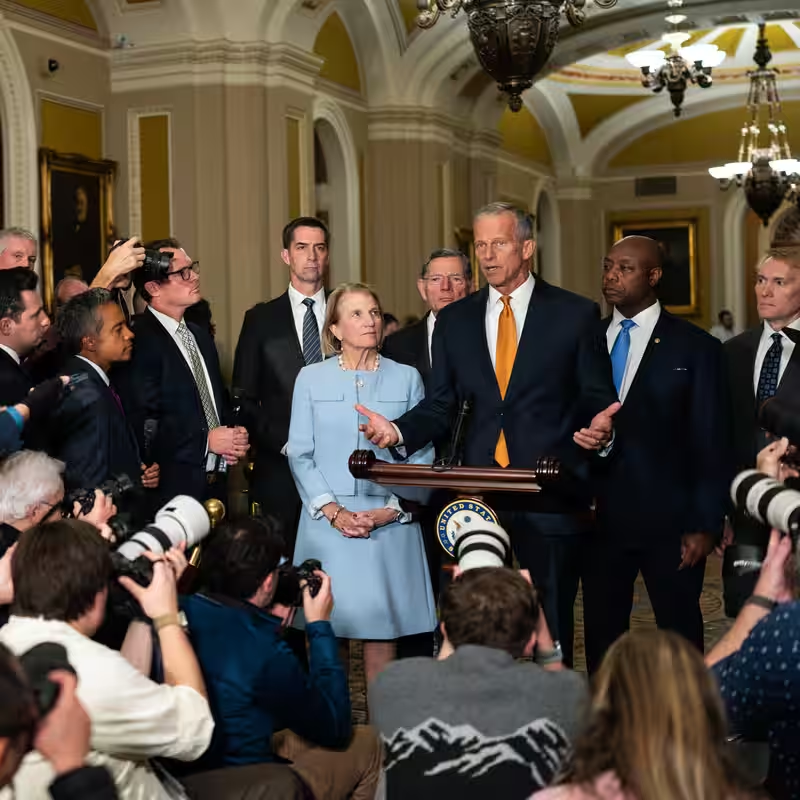Federal Workers’ Plea Ignored in Shutdown Standoff
In a dramatic but ultimately futile move, the American Federation of Government Employees (AFGE)—the nation’s largest federal workers’ union—publicly urged Congress to pass a short-term funding extension to end the ongoing government shutdown. But as of Wednesday, October 29, 2025, their appeal has failed to sway key Democratic leaders, deepening the political impasse that has left hundreds of thousands of federal employees in limbo.
Shutdown Day 12: Workers Bear the Brunt
Now in its twelfth day, the partial government shutdown has furloughed over 350,000 federal workers and forced another 500,000 to work without pay. Essential services—from airport security to food inspections—are operating on skeletal crews, while national parks, museums, and passport offices remain shuttered.
The AFGE, representing 750,000 federal and D.C. government employees, issued an urgent statement on Tuesday calling for a clean continuing resolution (CR) to fund the government through December. “Our members are not bargaining chips,” said AFGE National President Everett Kelley. “They deserve to feed their families and pay their rent—just like everyone else.”
Republicans Seize on Union’s Call
Senate Republicans quickly amplified the union’s plea, framing it as bipartisan validation of their push for a stopgap measure. “Even the federal workers’ union agrees: keep the government open,” said Senator John Thune of South Dakota during a press briefing.
However, top Democrats—including Senate Majority Leader Chuck Schumer and House Speaker Nancy Pelosi—remained unmoved. They argue that any short-term deal must include concessions on border security and disaster relief funding, which Republicans have so far refused.
“A clean CR just kicks the can down the road,” Pelosi told reporters. “We have a responsibility to solve the underlying issues—not paper over them while workers suffer.”
Why Democrats Are Holding Firm
Behind the scenes, Democratic leaders say they’re under pressure from progressive factions not to cave without policy wins. Key sticking points include:
- $4.5 billion in emergency aid for flood-ravaged Midwest states
- Reinstatement of expired pandemic-era nutrition benefits
- Rejection of GOP demands to expand ICE detention capacity
Meanwhile, moderate Democrats in swing districts are growing nervous. “My constituents are furious—not at the other side, but at us for letting this drag on,” said Rep. Marie Gluesenkamp Perez (D-WA).
Federal Workers Speak Out
Outside the Capitol, federal employees held a silent vigil Tuesday morning, holding signs that read “Furloughed ≠ Forgotten” and “I Work for You.” Many described skipping meals, delaying medical care, and dipping into retirement savings.
“I inspect meat at USDA,” said Linda Torres, a 14-year veteran. “If I’m not on the line, unsafe products could reach your table. But right now, I can’t even afford diapers for my baby.”
Infographic: Shutdown by the Numbers
| Metric | Figure |
|---|---|
| Shutdown Duration | 12 days (as of Oct. 29) |
| Furloughed Workers | 350,000+ |
| Working Without Pay | 500,000+ |
| AFGE Members Affected | ~750,000 |
| Cost to Economy (Daily) | $180 million |
| Last Shutdown Duration | 35 days (2018–2019) |
Historical Context: Shutdowns and Worker Impact
This marks the fourth federal shutdown since 2013. While past shutdowns have ended with back pay for workers, the psychological and financial toll remains severe. A 2024 Government Accountability Office report found that 61% of furloughed employees took on debt during the last shutdown, and 22% considered leaving federal service altogether.
What’s Next?
With no breakthrough in sight, both parties are preparing for a prolonged standoff. The White House has signaled openness to a two-week CR—but only if paired with disaster aid. Senate Republicans, meanwhile, plan to force a series of procedural votes this week to spotlight Democratic opposition to a “clean” extension.
For federal workers, the wait continues. “We’re not asking for a raise,” said AFGE’s Kelley. “We’re asking to do our jobs—and get paid for it.”




